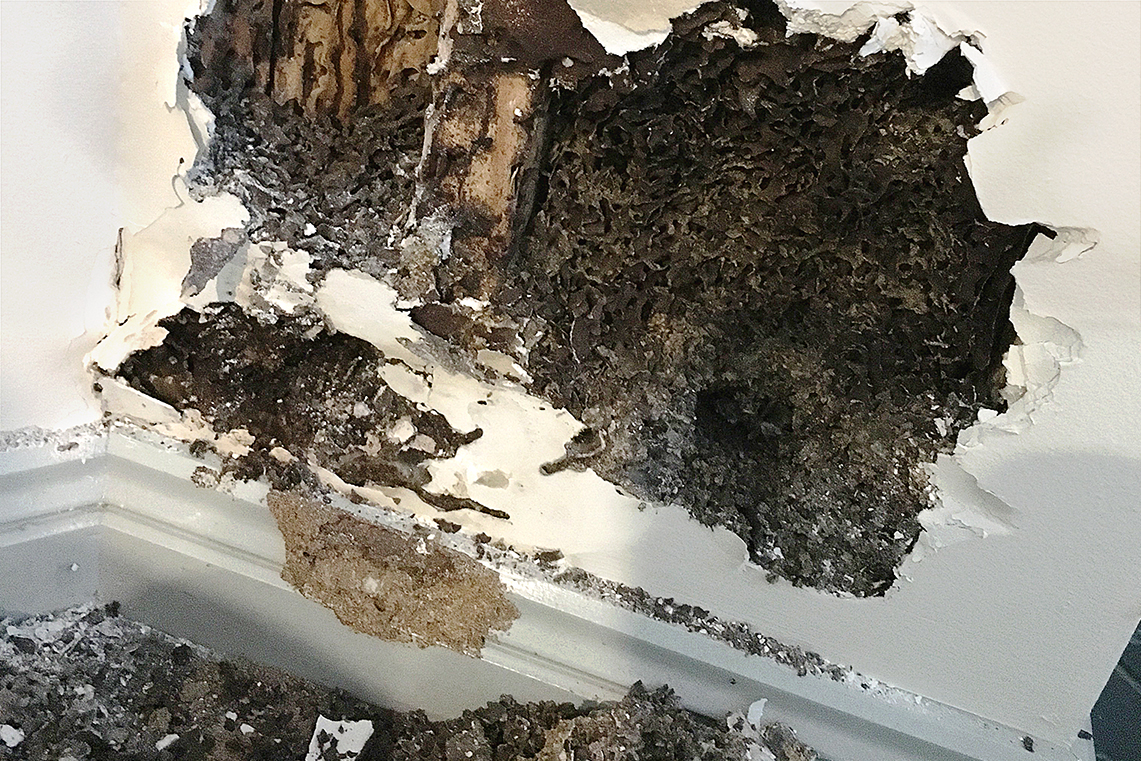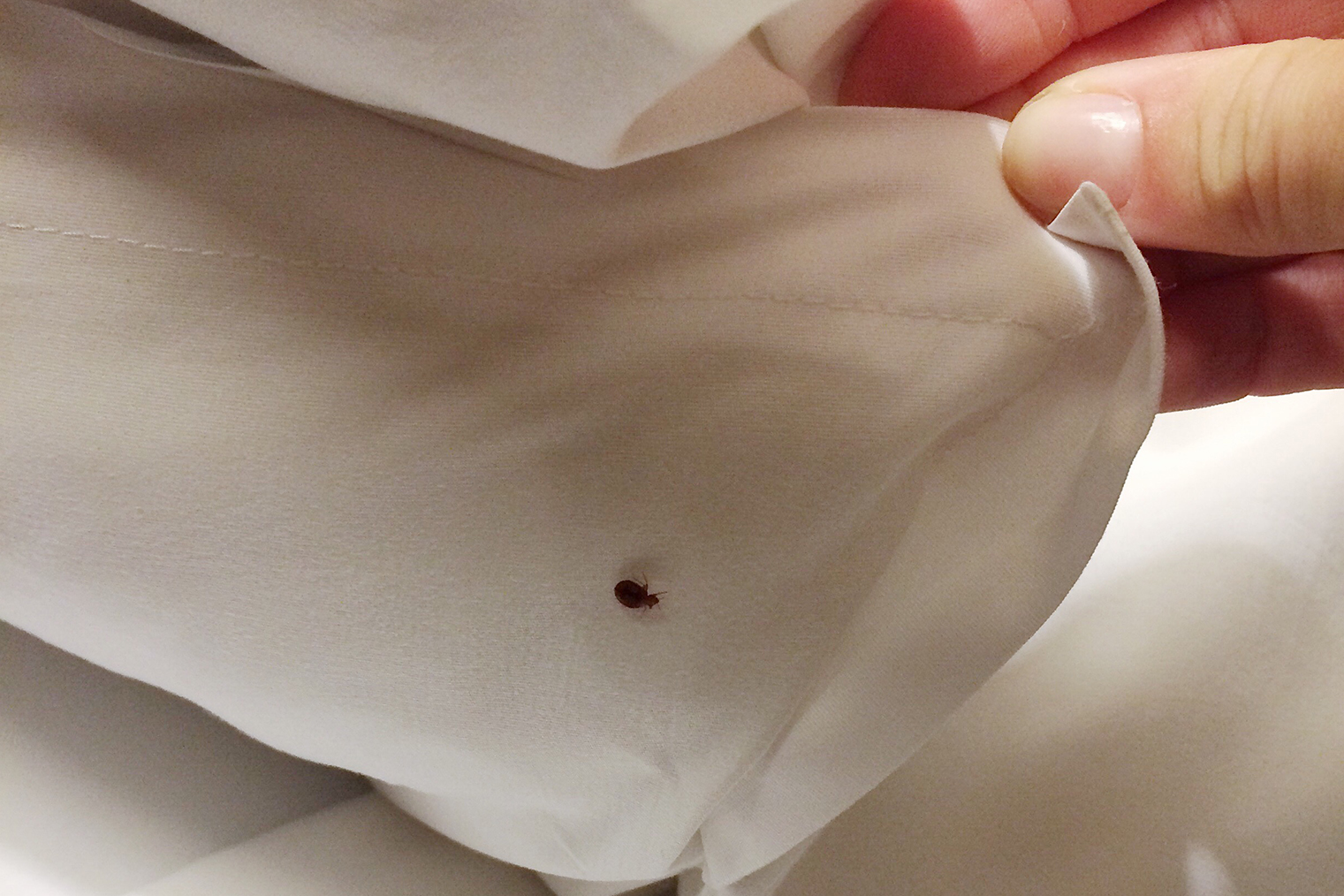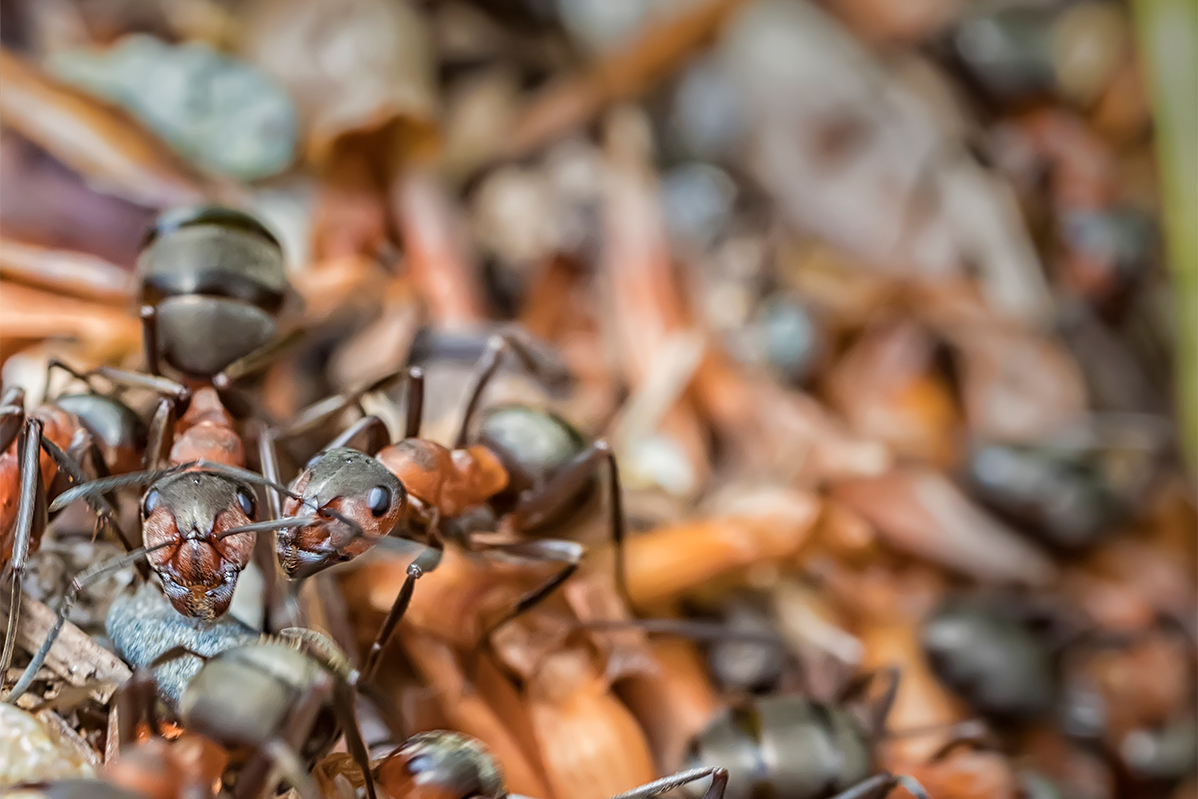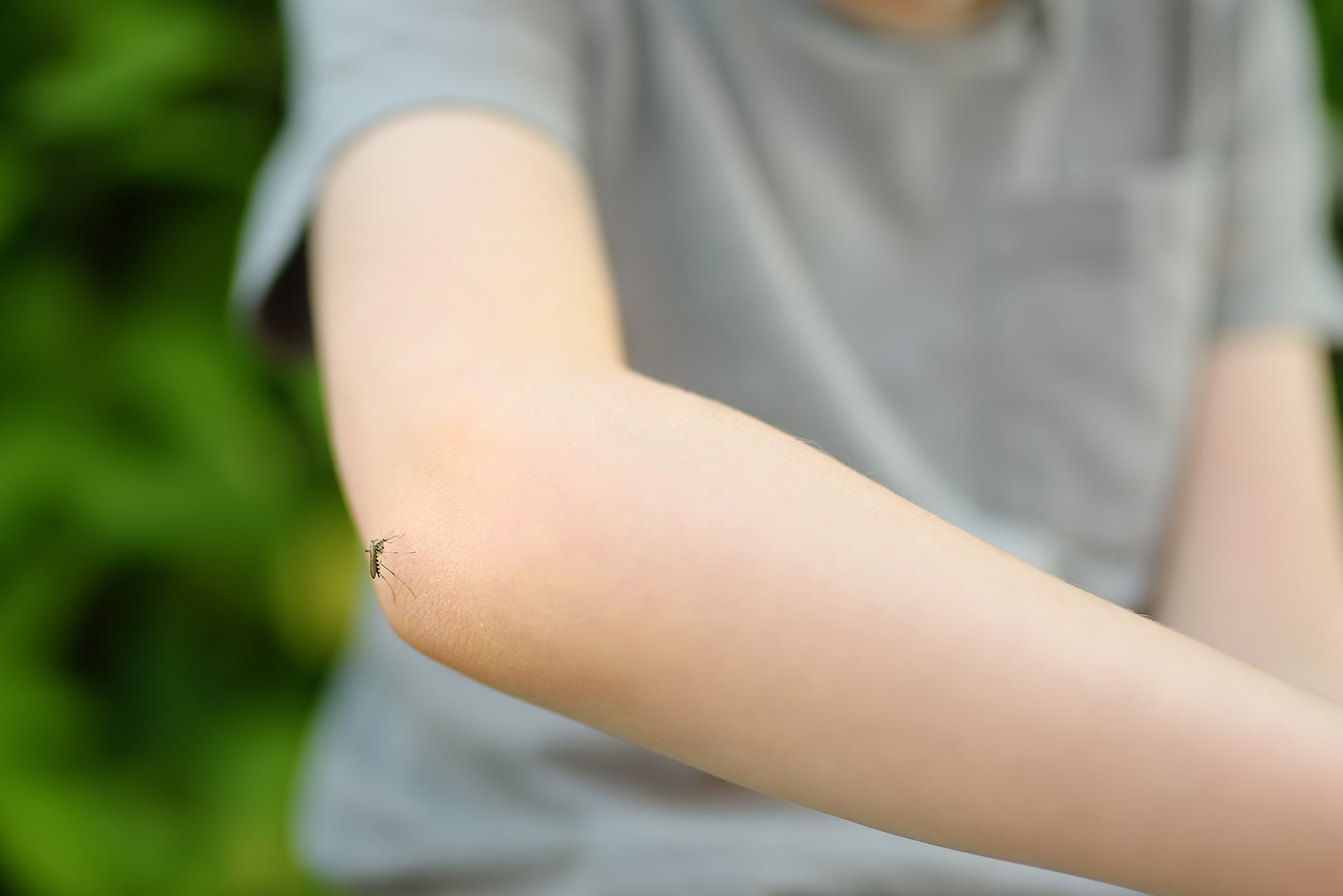- Mon- Sat: 8am-6pm
- veganix@yahoo.com
Mice & Rat Pest Control
Home /
Pest Control
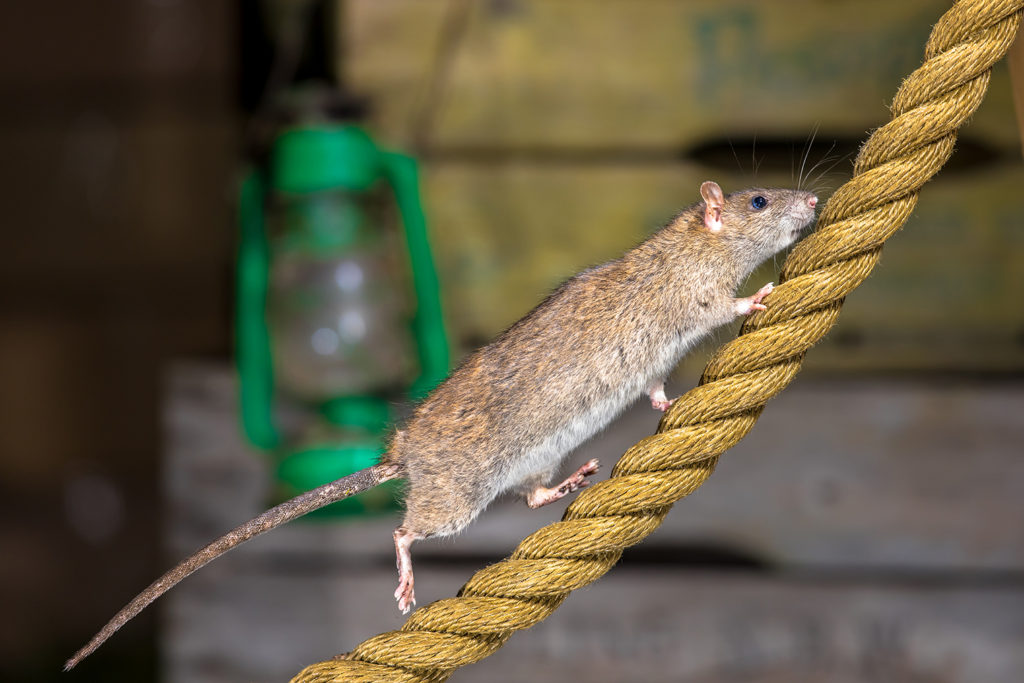

Veganix provides mice and rodent pest control
Our mouse control service offers professional, discreet solutions to solve your mouse infestation quickly and effectively:
- 24 Hour Response Guaranteed
- Trained and knowledgeable local technicians will advise on mouse control solutions to keep your premise mouse free in the future
- Arrange for your FREE business site survey from an experienced veganix inspector
- Call 914-826-4247 for emergency service
Extermination & Exclusion
- Utility lines inspected for entry points
- Garage Door inspection
- Holes around foundation properly sealed
- Door weather sealing
- Screen all attic vents
Signs of a Mouse Infestation
The critical first step to getting rid of mice is to inspect possible mice activity. It is essential to find their runways and feeding areas for proper placements of mice traps and rodent baits. The best time to check is at dusk. Using a flashlight would be handy to see into corners and recessed areas.
A mouse is usually a nocturnal creature, so if you think you may have a mouse infestation the typical signs to watch out for are:
- Mouse droppings (thin, spindle shaped approx. 5mm long)
- Mouse smears - grease marks from the mouse body as it is repeatedly brushed up against objects.
- Damaged stock and damage to the fabric of premises.
- Mouse nesting materials — shredded insulation, cardboard, paper, wood, plastics etc...
- Distinctive smell - a mouse leaves an ammonia-like smell, that is particularly strong in enclosed areas.
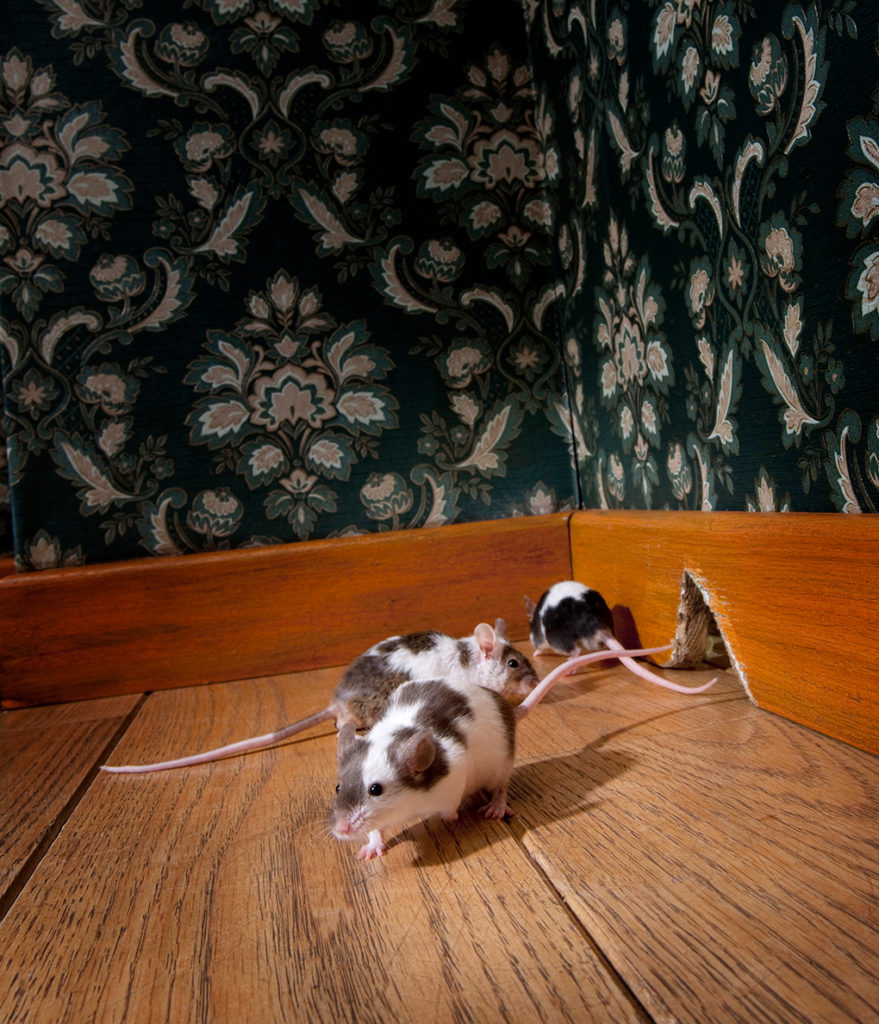
Know the Differences Between Rats and Mice
To get rid of mice successfully, identification of which type of rodent you have is the number one step. A young rat’s head will be proportionally larger to its body than a mouse’s head to its body. It may be challenging to identify a particular rodent while it is alive and running. You can see the distinctive round ” Mickey Mouse” ears on a dead mouse.
Also called Brown, Common, House, or Sewer Rat. Large, robust with an adult reaching an average size of 7-10″ (19-25cm) head and body, tail 6-81/2″ (15-22cm), they weigh about 11oz (300gm). They have a life span of 9-12 months, but have a maximum of 7 litters in a year with about 8-12 young being born each time.
Solutions:
Edible Baits: Loose Cereal Baits, Pellets, Wax blocks and Soft Wax Bait. Loose cereal baits by large are probably better accepted. However, in some situations the use of pellets or blocks can be advantageous. These baits are favoured by the food industry, with less risk of contamination.
Liquid Baits:Useful in dry conditions or where water supply can by restricted. rats generally require freely available water, but mice will drink water if it is available. Liquid baits should only be used where access is severely restricted.
Contact Rodenticides: Contact dusts are laid on rodent runs. As a rodent passes over the dust, some of it is deposited on the fur which is ingested during grooming.
Small, slender weighing about 1/2oz (15gm), they are 21/2-31/2″ (6-9cm) head and body, tail 3-4″ (71/2-10cm) They have a life span of 9-12 months, but have a maximum of 8 litters in a year with about 5-6 young being born each time.
Solutions:
Mouse Tubes: Tubes are placed on rodent runs. As the mice run through the tube they consequently collect a dose of rodenticide which they subsequently ingest during grooming.
Mainly a resident of broadleaved and mixed woodlands it is also a common resident of urban parks and gardens.
They frequently enter domestic roof spaces. Once inside they chew woodwork, strip insulation from electrical wiring and water pipes, tear up fibreglass insulation and occasionally, drown in water tanks.
Solutions:
Physically blocking gaps and entry holes with wire mesh is the best answer. Various types of traps are available
Potential Risks from a Mouse Infestation
At the first signs of an issue it is important that a mouse control programme is put in place.
- Mice are known to spread infections such as Salmonella, Hantavirus and Weil's disease.
- Damage to stock and buildings. A mouse has sharp teeth and can gnaw through cables, plastic and wooden doors.
- Contamination of foodstuffs and goods. On the underside of a mouse, the wet fur soaked in urine can transmit bacteria and viruses to work surfaces, table tops or anywhere the mouse has climbed.
Business Consequences of a Mouse Infestation
- Damage — to goods, foodstuffs and your health and hygiene reputation. Any mouse control issues will have a negative effect on your Scores on food hygiene rating.
- Alarm — immediate loss of customer and employee trust.
- Cost — can be considerable. Temporary business closure may be necessary.
Call Us Today
Distanced service and protective gear always worn
New York
Westchester County
Rockland County
(914) 826-4247
Connecticut
Fairfield County
(203) 717-0001
Service Areas: Stamford, Greenwich, Darien, Norwalk, Fairfield, Wesport, Elmsford, Scarsdale, Hartsdale, Port chester, Bedford hills, Bedford, Armonk, Chappaqua,Harrison, Pleasantville, Briarcliff Manor, Chapaqua,Tuckahoe, Bronxville, Purchase, Yonkers, White Plains, Rye, Rye Brook, Valhalla, New Rochelle, Mount Vernon, Croton on Hudson, Scarsdale, Crompond, Millwood, Yorktown Heights, Nyack, New City, Spring Valley
Services
Learn more about our other services.

